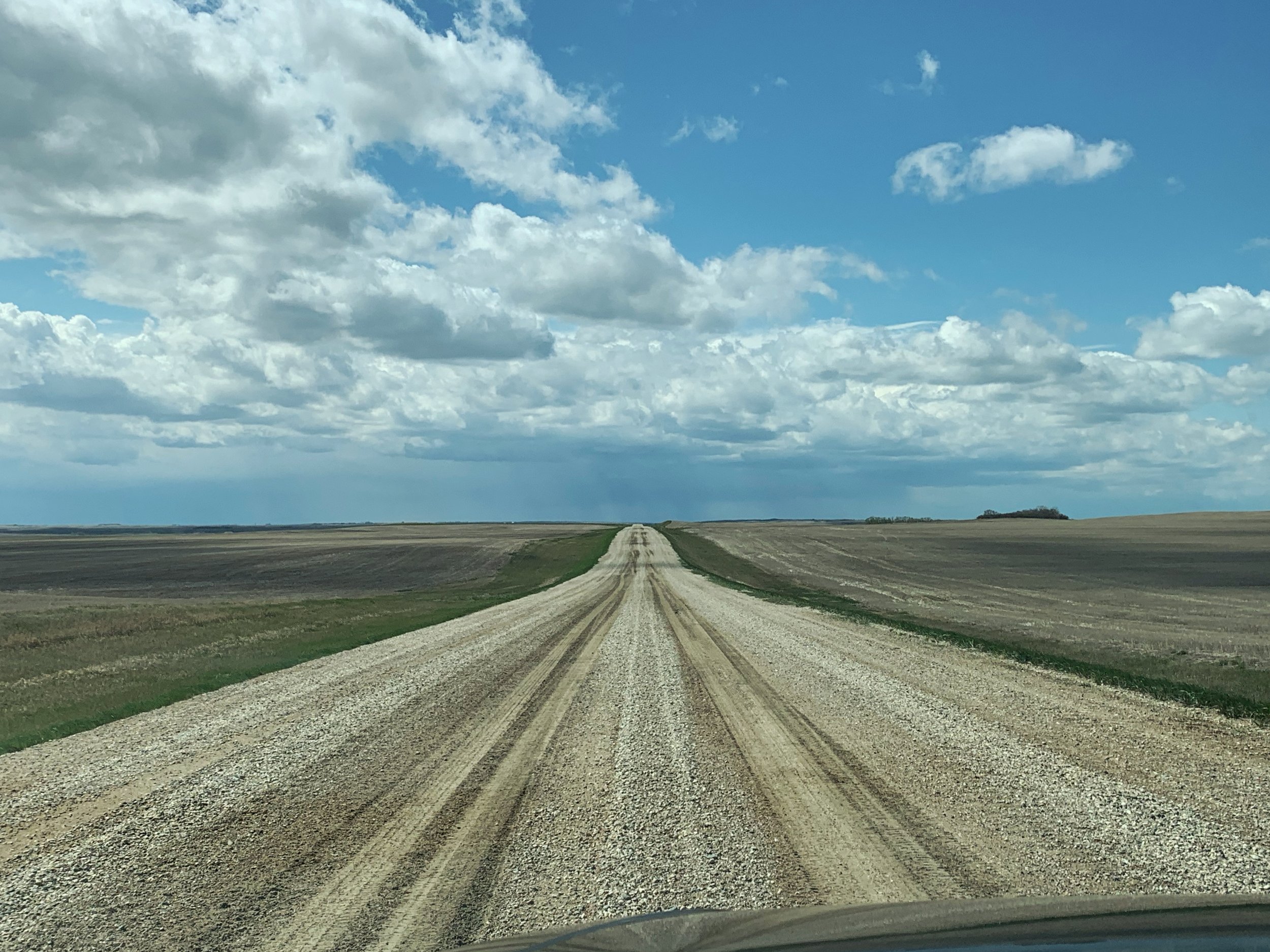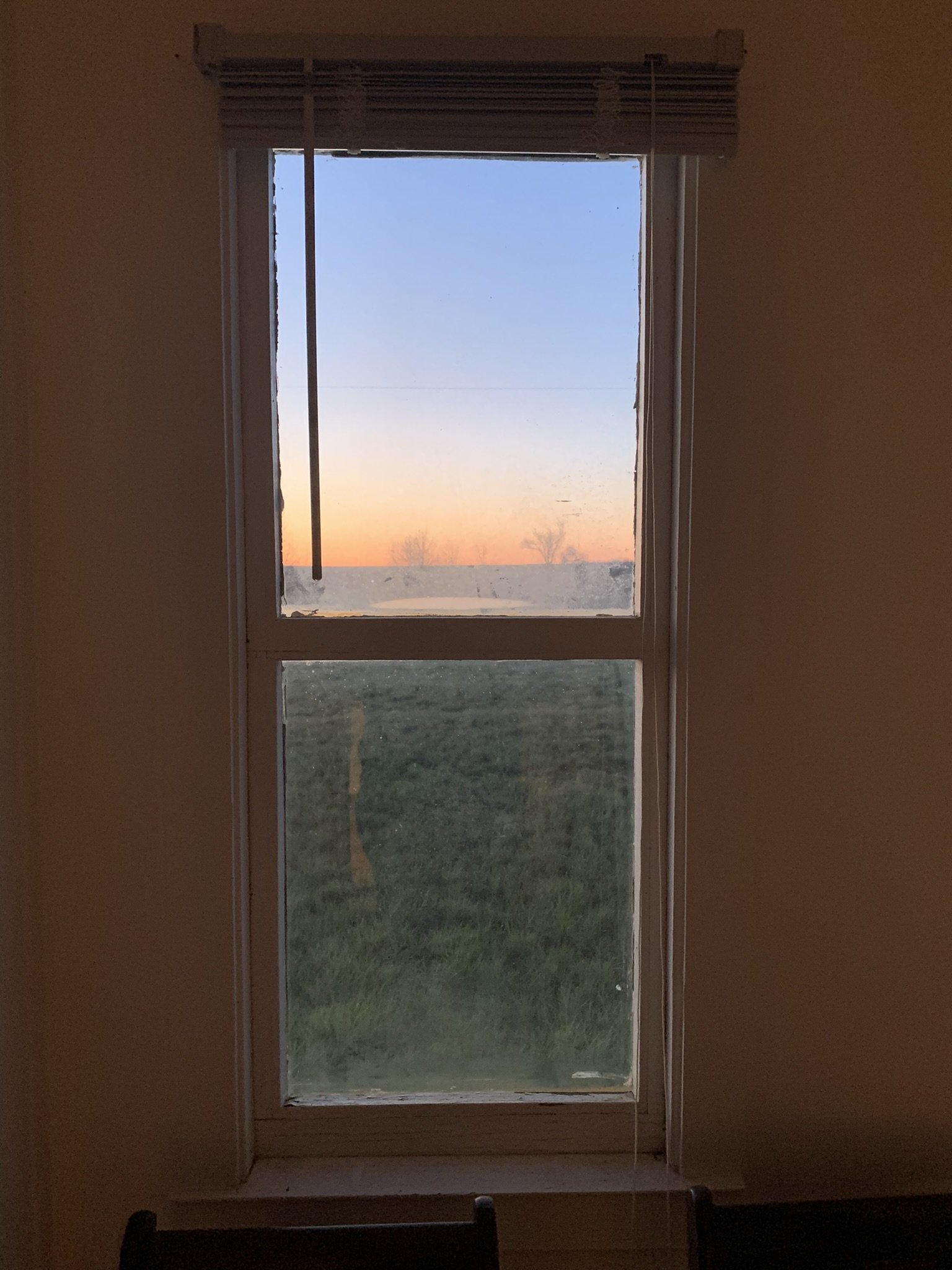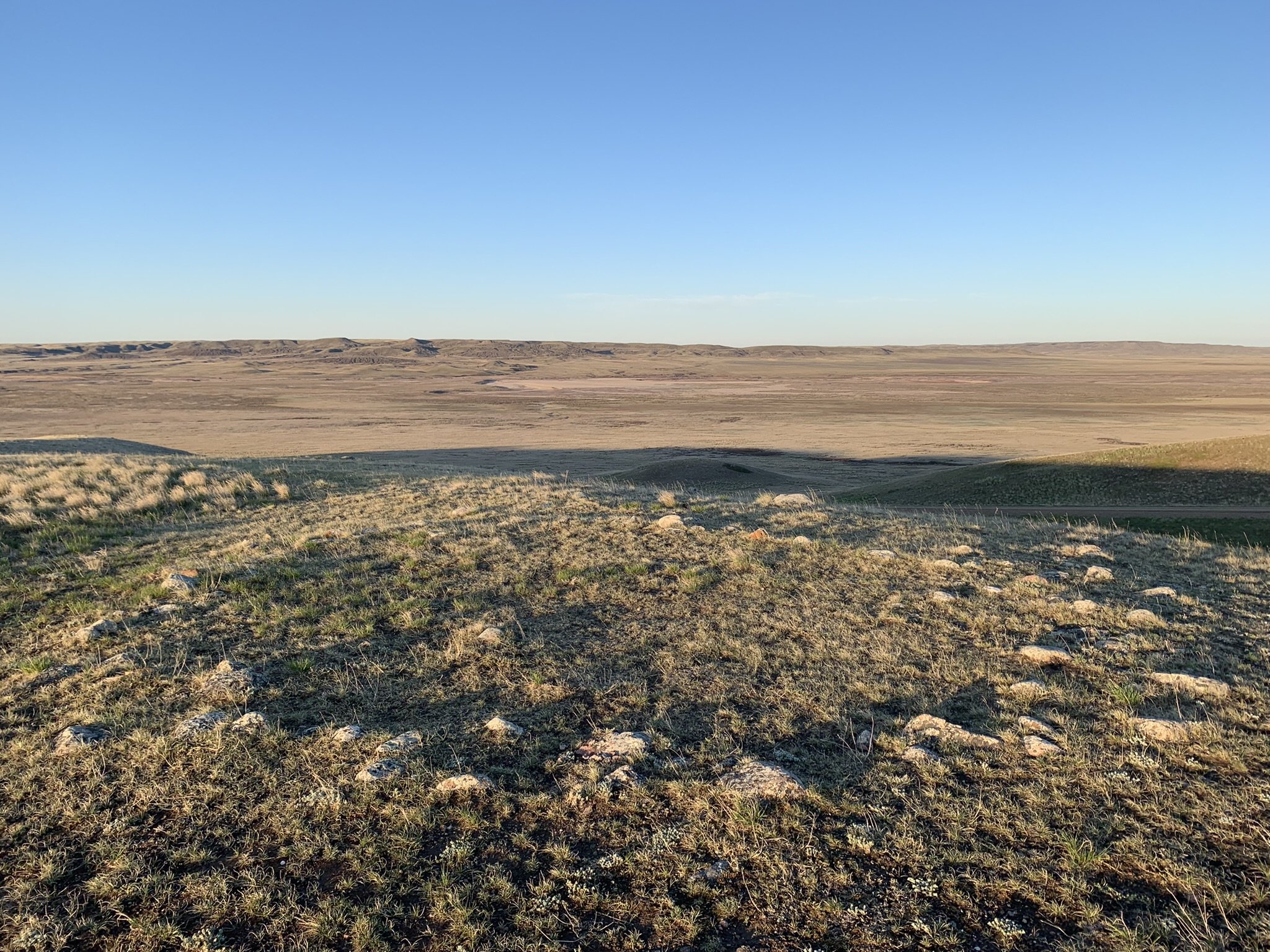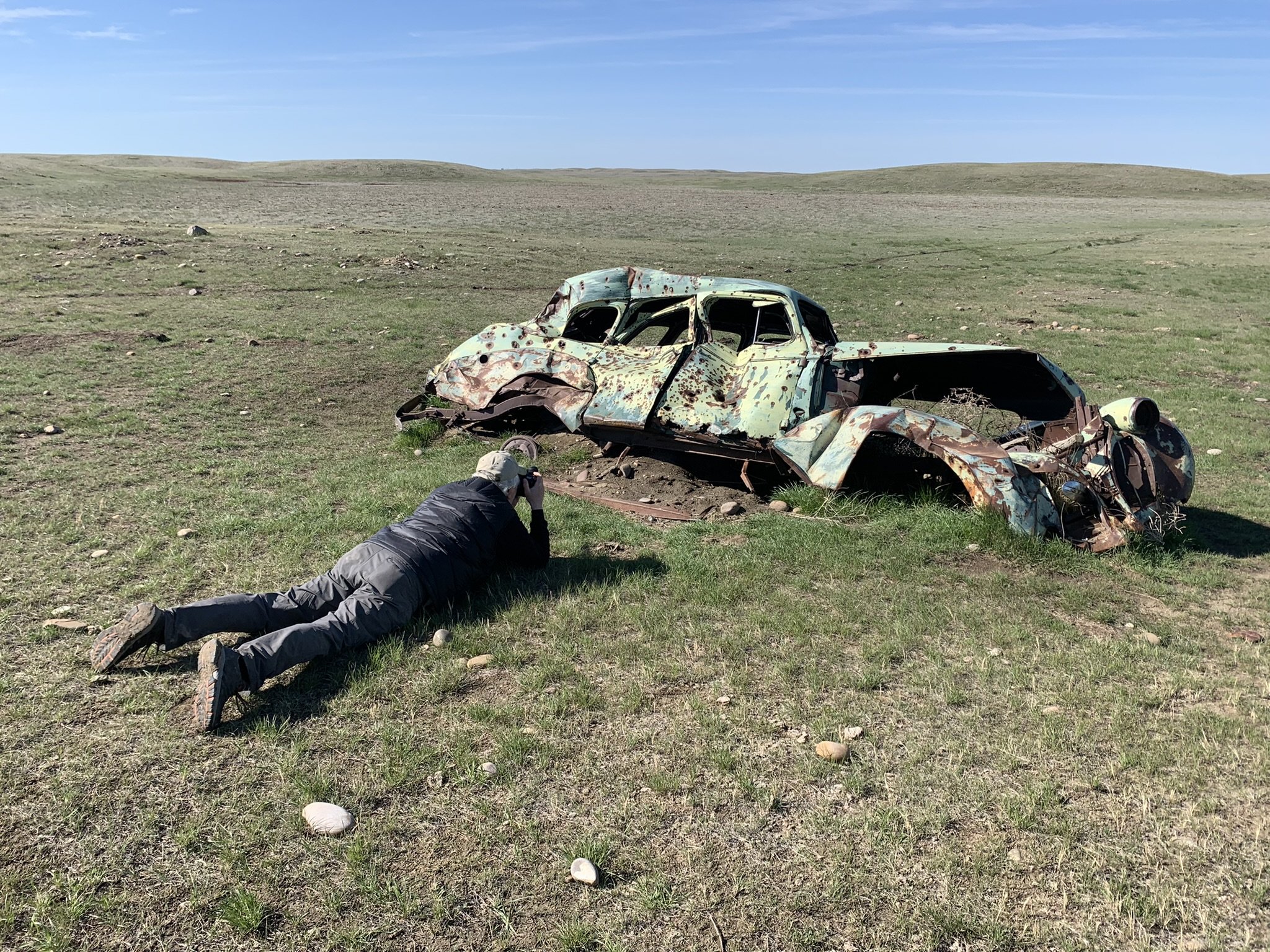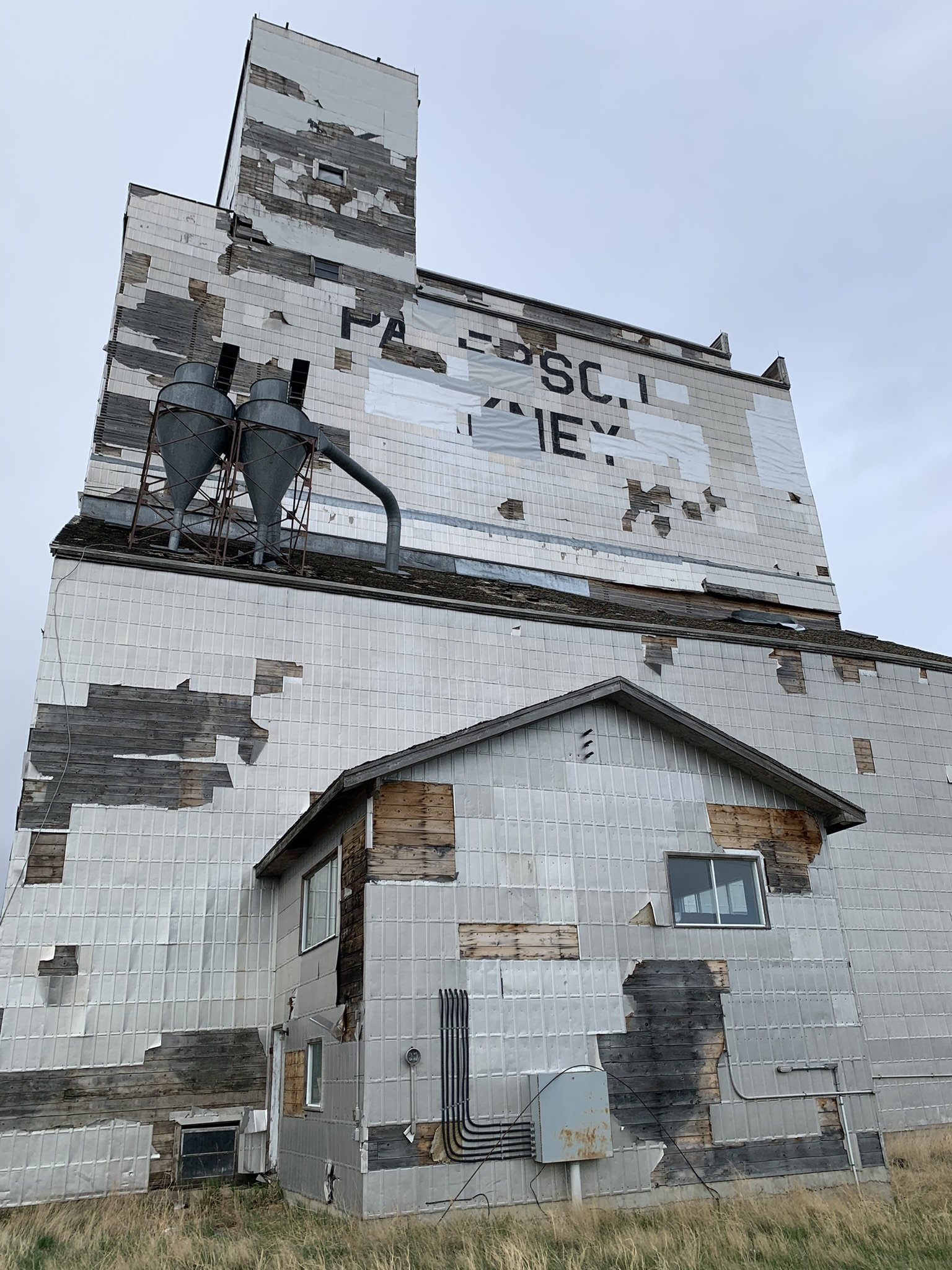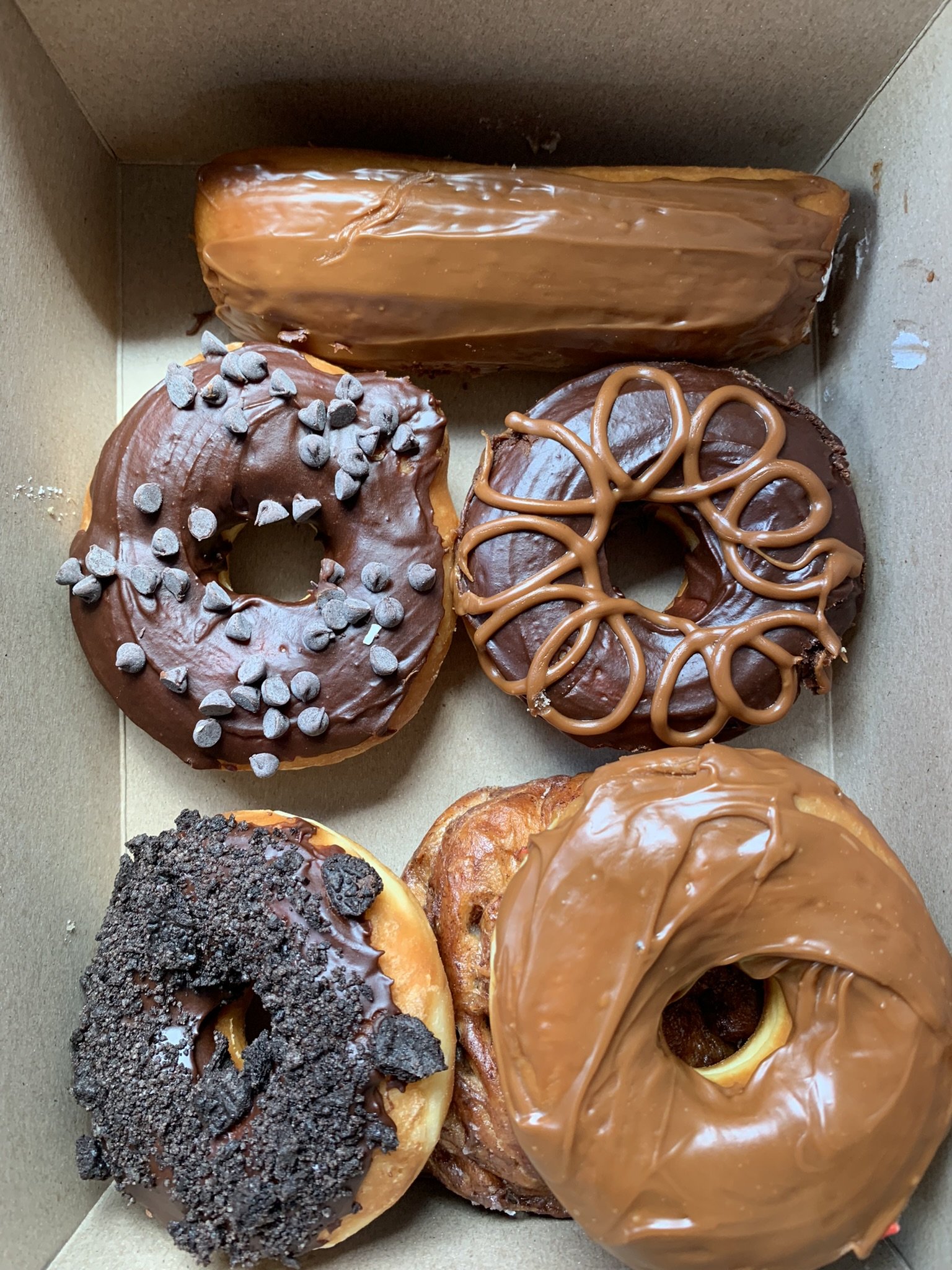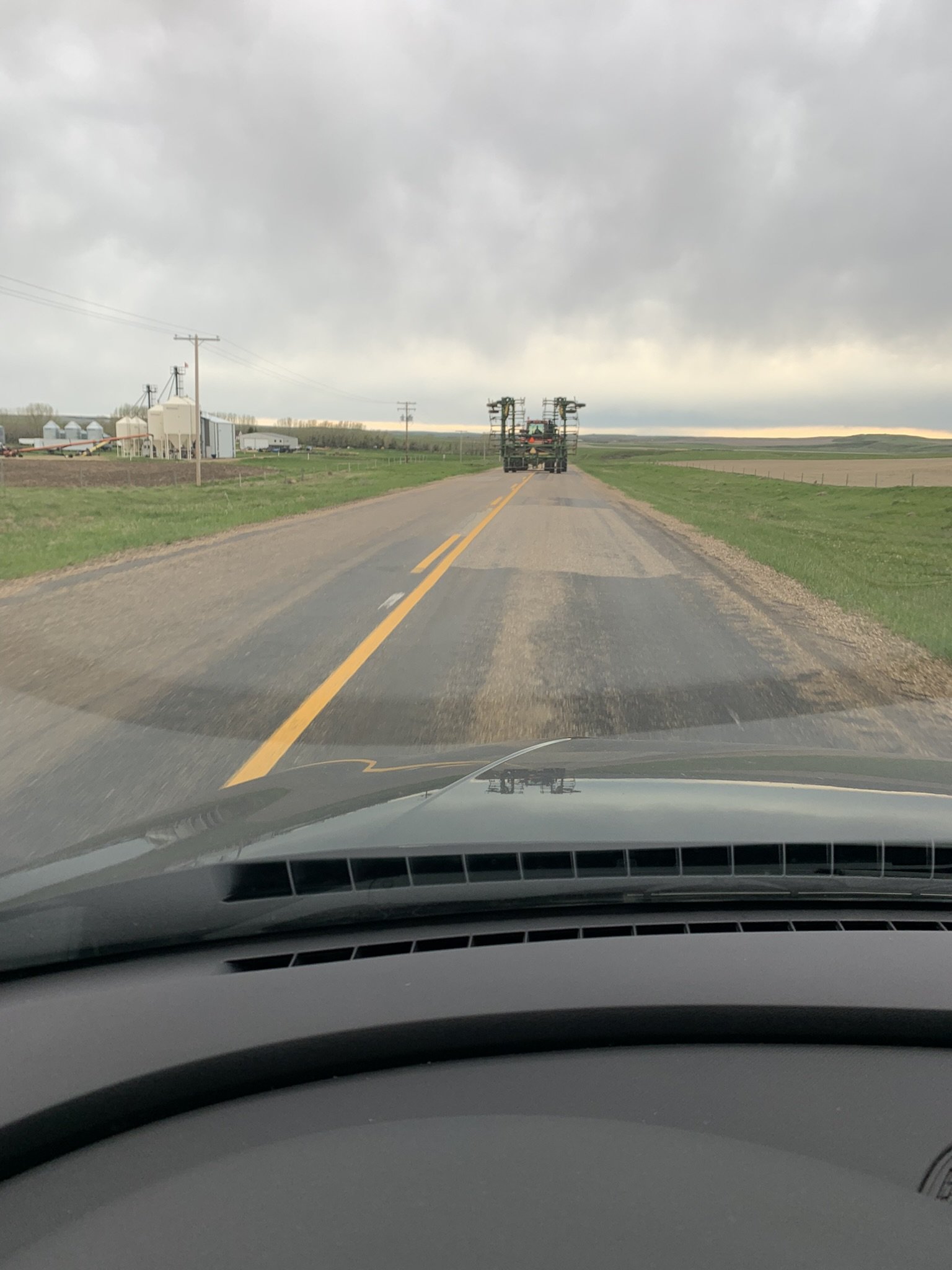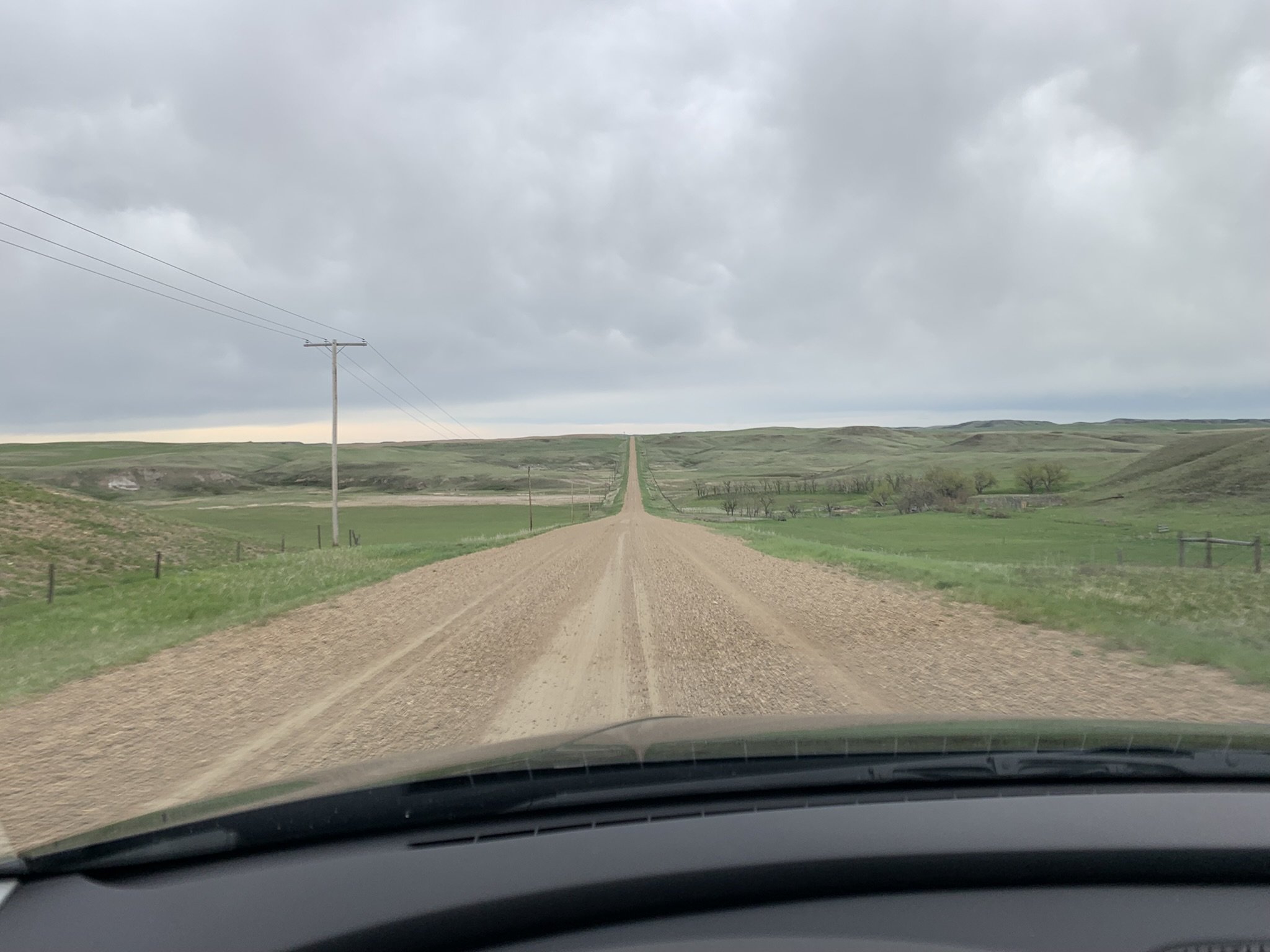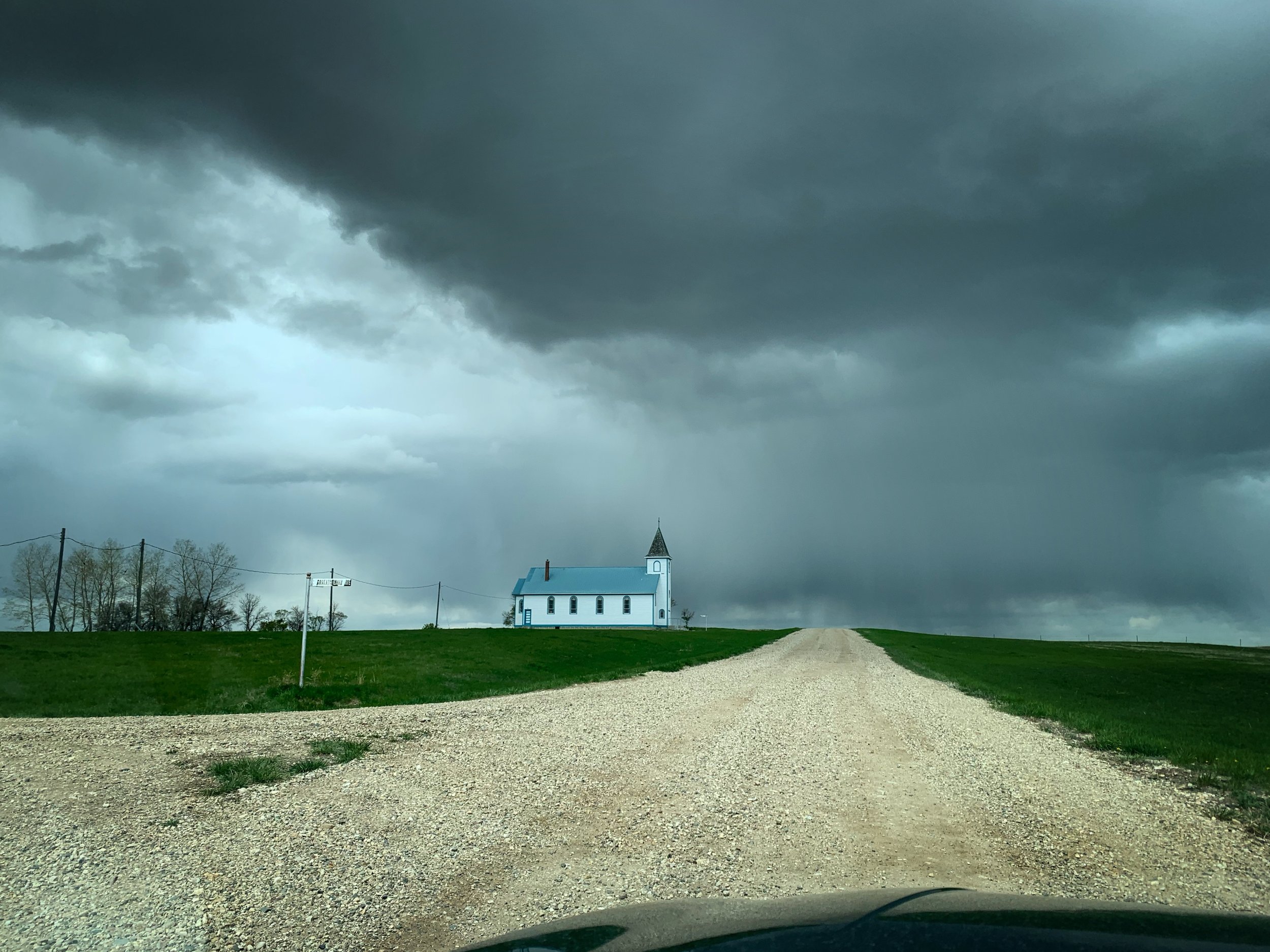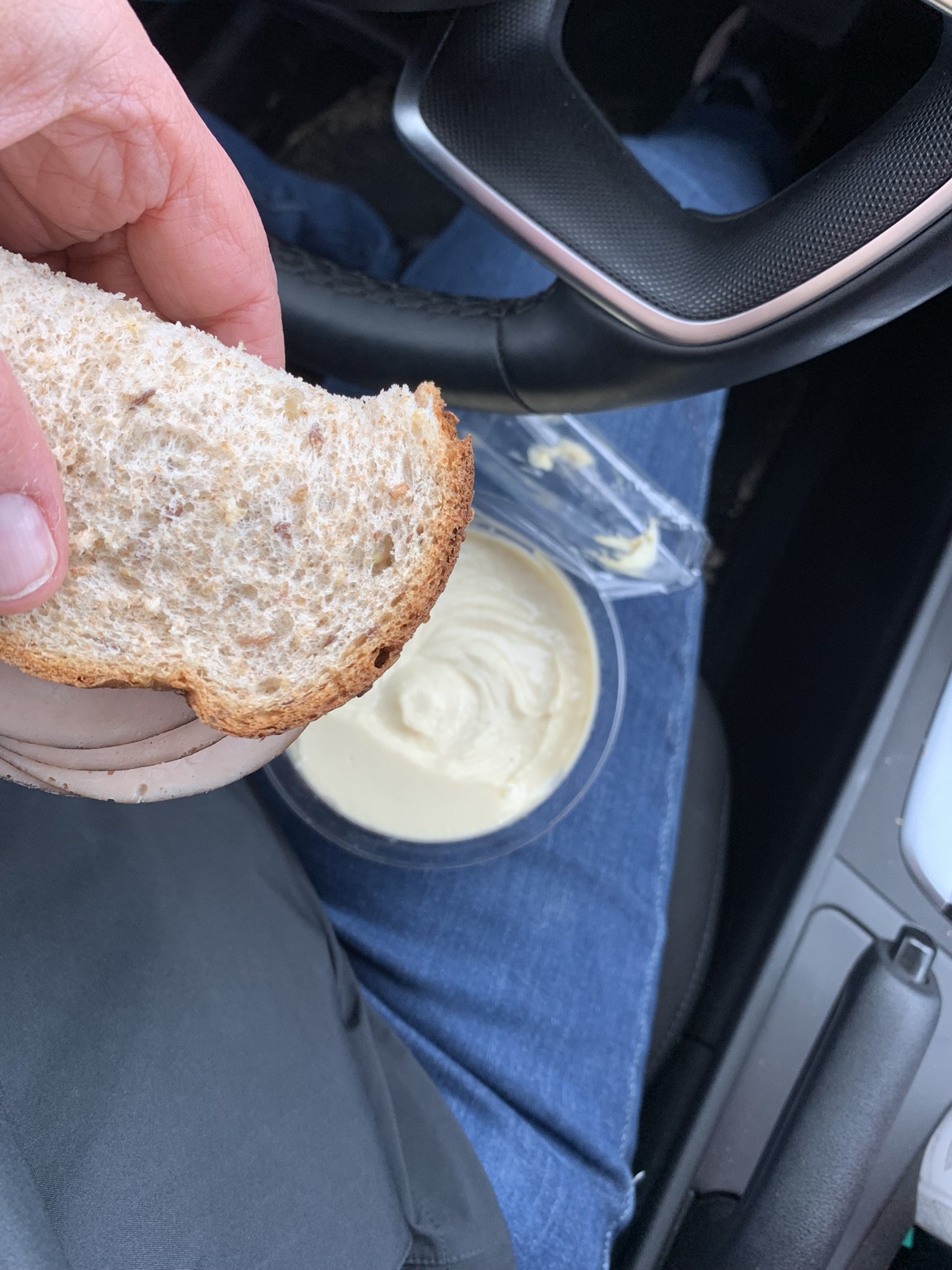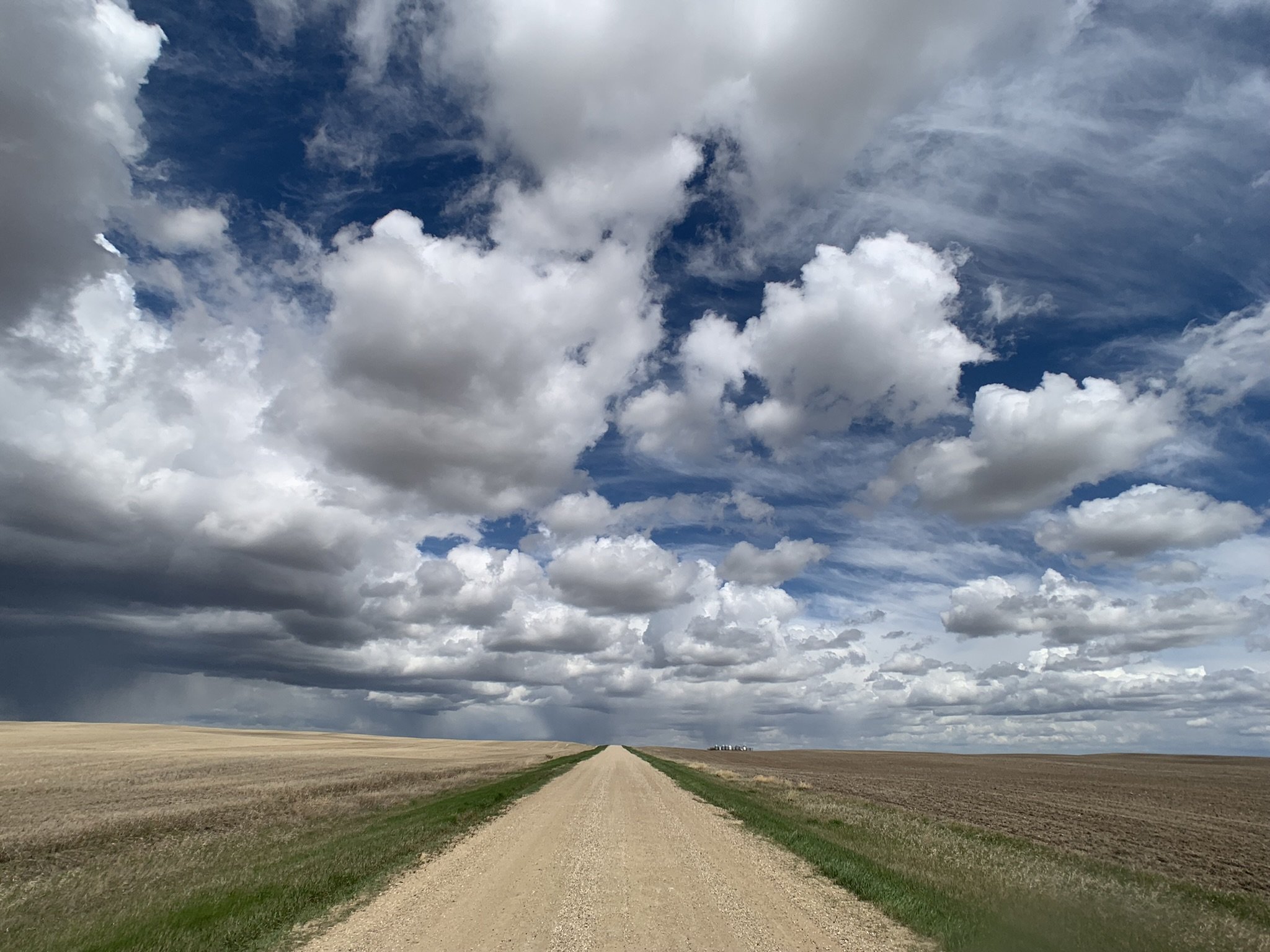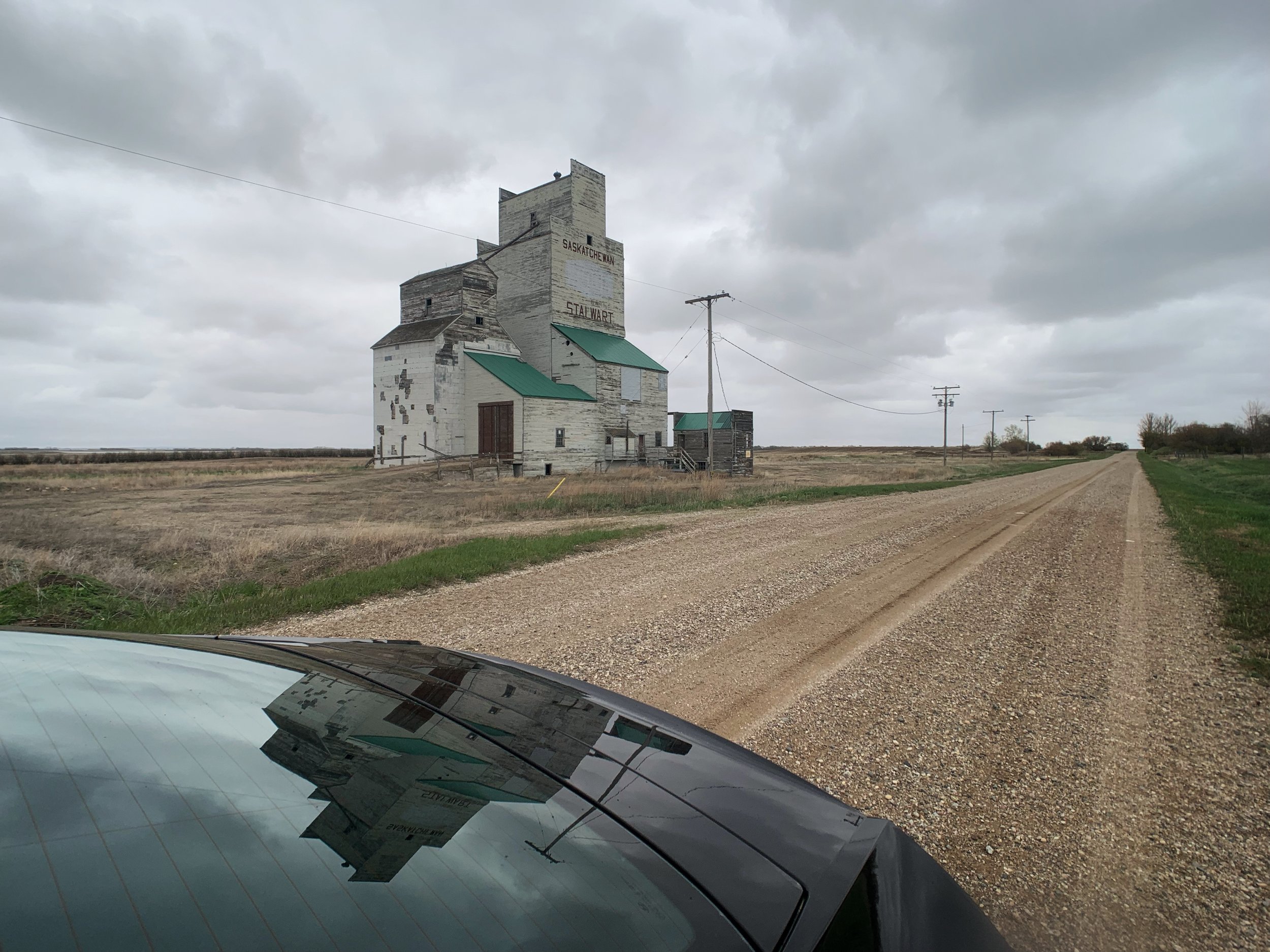This blog post was supposed to be about a storm chasing trip. A year ago, I booked my third storm chasing trip with Mike Olbinski – the first one since 2018. Just 24 hours before I was supposed to fly to Denver to meet up with him, we decided to cancel because the forecasts were showing almost no storm activity and, instead, postpone the trip to 2023. So it was time to come up with a quick Plan B! With such a short runway, I tried to think of a trip that I could take with minimal planning - and thought of the Prairies. I have been building scouting maps of various areas of the Prairies for nearly 10 years, so it was easy to pinpoint an area I hadn’t explored very much – south-central Saskatchewan – and quickly plan a trip there.
I flew into Regina and on that first day I drove all the way to Val Marie, scouting locations and shooting a few lovely Prairies churches and grain elevators along the way. After a very early start and a long day of driving, I made it an early night.
Storm over the old church at Mazenod, now used for storage
Great mural in Gravelbourg
St. Elizabeth’s Mission and those beautiful Prairie skies
Back roads
The elevators at Kinkaid
My alarm went off at 4:45am the next day so I go out shooting in Grasslands National Park with my friend James Page. James and I met years ago on Flickr and have photographed on the Prairies together before, but this time we would be in his backyard - Grasslands National Park - which I’d been hoping to visit for years. The early start was worth it to step out into the quiet peace of the morning. It was a chilly 2C and there was ice on my windshield when I got into the car to drive to James’ place. We headed straight into Grasslands, which is just outside Val Marie. James has been visiting this area for over 20 years, has lived here permanently for 11 years and he goes into the park almost every day: I couldn’t have gotten a better guide to the place. I rarely photograph anything that moves, so the images I got aren’t going to win me any awards, but we saw some amazing things: Great Horned Owl chicks and mother, Pronghorn Antelope (the fastest land animal after the cheetah), lots of Black-Tailed Prairie Dogs (found in Canada only here), more birds than I can mention and what I had really wanted to see: bison. Four adult bulls posed beautifully for us. We even approached them on foot – something I would never attempt on my own, but James knows the animals and the rules of the park. We gave them enough space so that they weren’t rattled at all. I sure am glad, because they are HUGE and intimidating. The quiet on the prairie is something I love about photographing out here, and the quiet in the park, the complete absence of man-made sound, in the early morning was a wonderful experience.
5am out the window
Frost on the windshield
Early morning serenity in Grasslands
Richardson’s Ground Squirrel
Pronghorn Antelope
Bison
Black-tailed Prairie Dogs
The noises of Dog Town - a Prairie Dog neighbourhood.
Great Horned Owl chicks
… and the mother, watching us carefully.
As we were standing on a hill near the entrance to the park, looking over an old teepee circle, James told me the story of how Sitting Bull, leading his band of Lakota Sioux in 1877, a year after the Battle of Little Bighorn, came right up the Frenchman River Valley and into Canada (he even pointed out the exact spot from that hill). They were met by the North-West Mounted Police (the precursors to the Mounties) under James Walsh. Sitting Bull hoped to find sanctuary under the rule of the “White Grandmother” (Queen Victoria) and for four years he and his band did so, in the area now covered by Grasslands National Park.
An old teepee circle
James photographing one of his favourite subjects
When we came back into Val Marie, we visited with some of James’ friends, including Maurice who had been born and brought up in Val Marie. Of course, the name gives it away, but I hadn’t really thought about the fact that Val Marie was a French settlement and an entirely French-speaking community for many years. I was told that the last uni-lingual French-speaker in town died in the 80s, but that many of the older residents are French-speaking.
Sunday night, James and I climbed Eagle Butte trail (higher than Eagle Butte, actually, as we were looking down on it) to photograph the lunar eclipse. Photographically it wasn’t a great success, but it was beautiful to be up there on a lovely warm evening in that special silence again. My Fitbit said I’d climbed 37 flights of stairs – so that’s, what, 370 feet?
Photographing the lunar eclipse on May 22, 2022.
Moonrise over Grasslands during lunar eclipse
Moon risen high over Grasslands National Park
Even after that late night and a bad sleep I was up early the next day to say goodbye to Grasslands and to photograph some elevators west of Val Marie. The fist one was the lovely old elevator at Orkney, a place I’d been hoping to get to for years. My great-grandfather’s family comes from the Orkney Isles in Scotland and I can only imagine that the original settlers of Orkney were from there, too. I ended up in the famous (or infamous) Climax, Saskatchewan to photograph the elevator there.
Elevator at Orkney
Elevator at Climax with its Centennial sticker still proudly dispalyed
After that I turned east, heading for Aneroid to meet up with my friend Stan. We met originally five years ago when I was photographing the elevator on the edge of town and Stan drove up to see if I was OK/check if the stranger in town was up to no good. When he heard what I was doing, he said he was a photographer, too, and picked up a Canon DSLR from his passenger seat! Since then, we’ve kept in contact and he is endlessly patient with me when I ask umpteen questions about farming, elevators and Saskatchewan. It was a real treat to see him again in person on this trip. Though Stan is an organic farmer, he worked in the grain elevator in Aneroid in the late 80s and early 90s, too, so he offered to show me around inside, though now it is no longer in use. I have read lots about elevators, seen schematics of their insides and how they work, but I’d never been shown around one by someone who’d worked in one. It was fascinating. What was most amazing to me was how little of it was any different than it would have looked in 1918 when it was built – wooden levers, pulleys, a wooden leg, and a weigh scale that looked like my dad’s old bathroom scale. At one point there were five elevators in Aneroid (now there is only one) – a testament to the productivity of the surrounding area. Stan talked about things I’d read about – about how the community, in some ways, revolved around the elevators. Farmers would come in to sell their grain and chat with the agent, catching up on news and stories and those interactions bound the far-flung population. When the railways closed down the branch lines and the primary/country elevators like the ones in Aneroid, farmers had to (and still have to) bring their grain farther away to large grain terminals, and the bonds built by the local elevator were lost.
Lunch stop in Ponteix
I brought Stan a gift from the bakery in Ponteix
Inside the Aneroid grain elevator
The leg in the house at the Aneroid grain elevator
All the bins at the Aneroid grain elevator and what they contained.
A reminder of what a dirty job it is and how prevalent grain dust is in a grain elevator.
Afterwards, Stan took me on a tour of his farm, about which I’ve heard so much over the years. It was wonderful to see the views he sees every day as he’s seeding or harvesting. I have been coming out to the Prairies to photograph for nearly ten years and I love this landscape, but I’m always hoping to learn more about what it’s really like to live here. I got a little window into that with my visits with James and with Stan.
Then, as if that day couldn’t get any better – a storm blew up. It was no tornadic supercell, but it was pretty and it was awfully fun to chase. Though there was lightning and I was, at a few points, a little scared to get out of the car, the scariest moment came when I was driving along and saw a tick crawling across my hand. I almost swerved off the road trying to flick him off and finally was able to pull into a range road entrance. By that time, I’d flicked him off but now couldn’t find him anywhere in the car even looking under the seats with the flashlight on my phone. As I was about to drive off, there he was, on my jeans. I gently escorted him out of the car and continued on.
Chasing storms in Saskatchewan
Stormy skies
My unwelcome visitor
The next two days I spent driving many kilometers around Assiniboia, visiting sites I’d scouted online and finding some new gems along the way. One of those days started off sunny, so I caught up on my sleep, downloaded and keyworded images, answered emails, read and relaxed. Relaxing – that’s what some people do on their holidays, right? In the afternoon, clouds rolled in and I headed north of town on a circular route I’d mapped out. The clouds really started to build and when I looked at the radar, there was a severe-warned storm north and east of me, so I decided to chase it. Eventually it fizzled out (though there was a tornado north of Moose Jaw that day) and I had to backtrack from some wet, gummy dirt roads. The chase and the backtracking meant that I was out shooting right until sunset and even afterward, followed by a long 1 ½ hour drive back to the hotel in the dark. And I mean dark – the darkness is deep out here, without any light, except for the small area lit by my headlights. Luckily there were no deer, ground squirrels or any other animals hit on the journey back to Assiniboia.
Maxstone church
Rural traffic jam
The next day, clouds popped up in the morning, so I headed out early intending to shoot for a couple of hours east and south of town. Instead, the clouds hung around, and I was out for our four really fun hours. I came back into town for lunch and to read and relax a bit while the light was at its harshest. I’d been so productive in the morning that there weren’t that many sites to target in the evening. What I tend to do is scout interesting places online (old churches, homesteads and, of course, my favourite grain elevators) and plan my outings around those. Some of the best images, though, come from places I just stumble across on my way to somewhere else and that’s what happened that night. I got back into town just after sunset.
Stumbled across this great site!
Back roads
The next day I dithered about when to pack up in Assiniboia and head out to photograph on the way to my last stop in Moose Jaw. It was partly cloudy in the morning but there was supposed to be a storm coming in. I wanted the nice clouds over the sites I’d targeted, but didn’t want to get stuck on a dirt road in the pouring rain. In the end, I left around 10am and even though it was still partly cloudy at the first site I visited (the grain elevator at Viceroy), I got the storm coming in over the beautiful elevators and church at Horizon. Along the way I got some of those absolutely spectacular Saskatchewan skies that remind me how much I love this landscape, the Land of Living Skies.
The elvator at Viceroy
The church at Horizon under a storm
Storm over Horizon, Saskatchewan
On-the-go lunch!
Land of Living Skies
After Horizon, I photographed all along the circuitous route I’d chosen to Moose Jaw. At one point it started raining, but not very heavily so when the GPS said to turn down a dirt road, I took the chance. At first, I could see the dust in my rearview mirror, so I figured it was dry enough, but then I hit a wet patch. Now huge clumps of mud were flying up from my tires in the rearview mirror, but I had to keep going. I was committed! If I stopped, I’d probably get stuck so I kept going for one kilometer, two kilometers and then I finally saw a paved road coming up. “I don’t care what the GPS says,” I thought, “I’m turning on that road!!” As I pulled out and onto the road, I left two muddy tire tracks behind me for at least 200 meters!! About an hour later, the storm hit me with a vengeance – buckets of rain, lightning, thunder – but at least I was on a paved road by then.
The GPS says ‘go straight’ but I’m not going to do that! I had learned my lesson!
A storm approaching
On the next morning in Moose Jaw, it was – 1C with a windchill of -4C but the cloud cover was nice, so I headed out. I had come to Moose Jaw to shoot in the area north town and, particularly to revisit some elevators I’d shot on my trip to this area in 2016. It was cold and windy and kind of miserable shooting conditions, especially when trying to shoot long exposures. Nevertheless, it was lovely to visit those “old friends” – the elevators at Holdfast, Liberty and Stalwart (you can’t beat Saskatchewan for town names!). I was shooting at Liberty when a truck pulled up and I started chatting with the driver. My camera was on a tripod, and it turns out he had thought that I was a surveyor until he got close. “I’m just photographing the elevator,” I said. “It’s such a beauty, but I guess you see it every day…”. “I own it,” he replied. “Would you like to see inside?” – and that’s how I got my second grain elevator tour of the trip! I shot a few quick images inside while the owner showed me around. I could have easily spent an hour in there photographing, but I didn’t want to keep him, as he was on his way to the shop in town. He told me some great stories – about how his great-grandfather had homesteaded in the area and how his grandfather had bought the land that he now farms back in 1939. He owns both the elevator at Liberty and the one at Stalwart, though he doesn’t use that one anymore. He stores his overflow grain at Liberty but when he described how much maintenance is involved, it sounded like owning an old elevator is not a very practical thing. At one point he said, “Sometimes I think that if someone offered me a dollar to take it off my hands, I’d sell it”. As I said goodbye and thanked him for showing me around, I said, “I’ll be back with that dollar to take it off your hands!”.
Stalwart grain elevator and a cold day complete with flurries.
A cold and windy day at Stalward
Liberty grain elevator
Inside the elevator at Liberty
Bins in the Liberty grain elevator
On my last day, I photographed in the area north of Regina before heading to the airport for a late evening flight and nightmarish delays at Pearson when I got home. That aside, it was a wonderful trip – especially given that it had to be planned so quickly. It was nice to photograph on the Prairies - for the first time in five years in a season that wasn’t winter. It was chilly while I was there, but nothing like -38C on the last trip. As always, I loved the wide-open spaces and, this time, the added bonus of the chance to visit with friends, too.
Saskatchewan Selfie
If you’d like to comment, please feel free to leave one below. You don’t need to make an account, just enter a name and click ‘comment as guest’.





